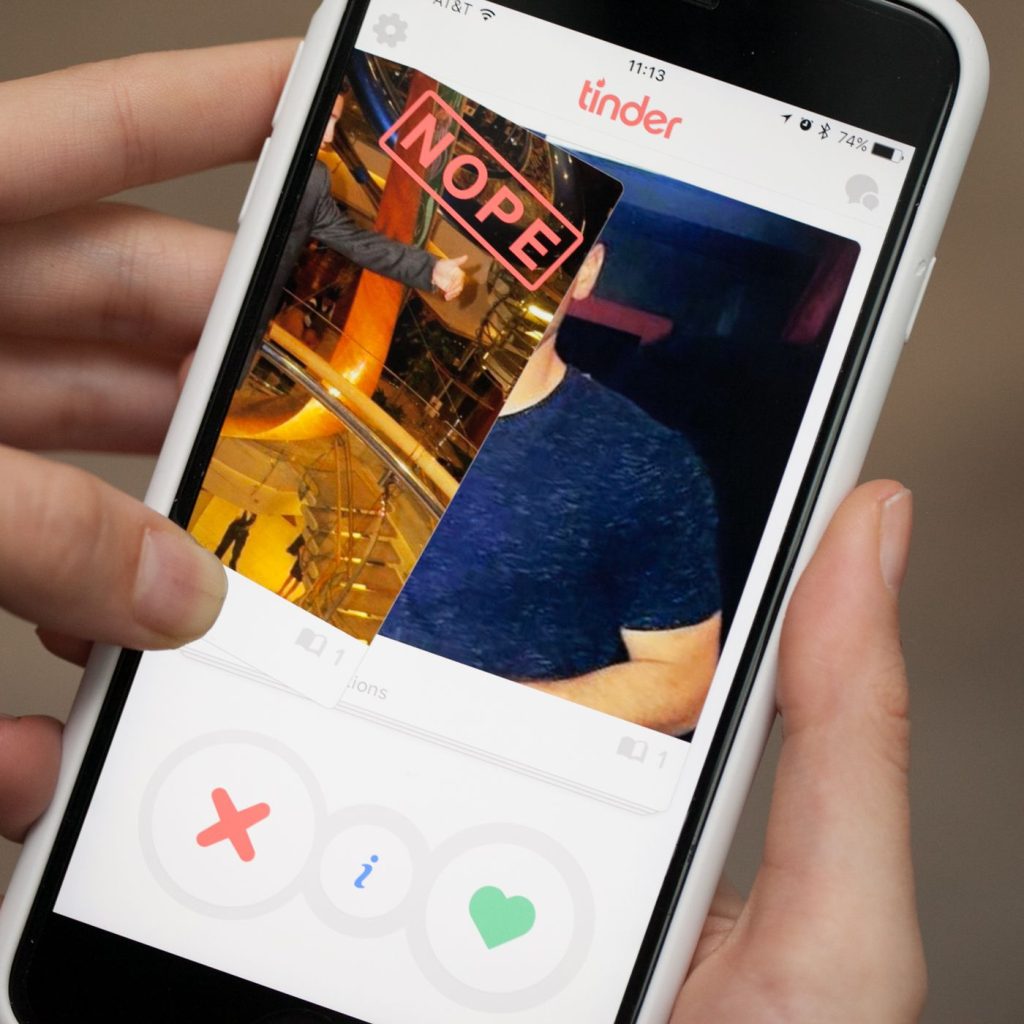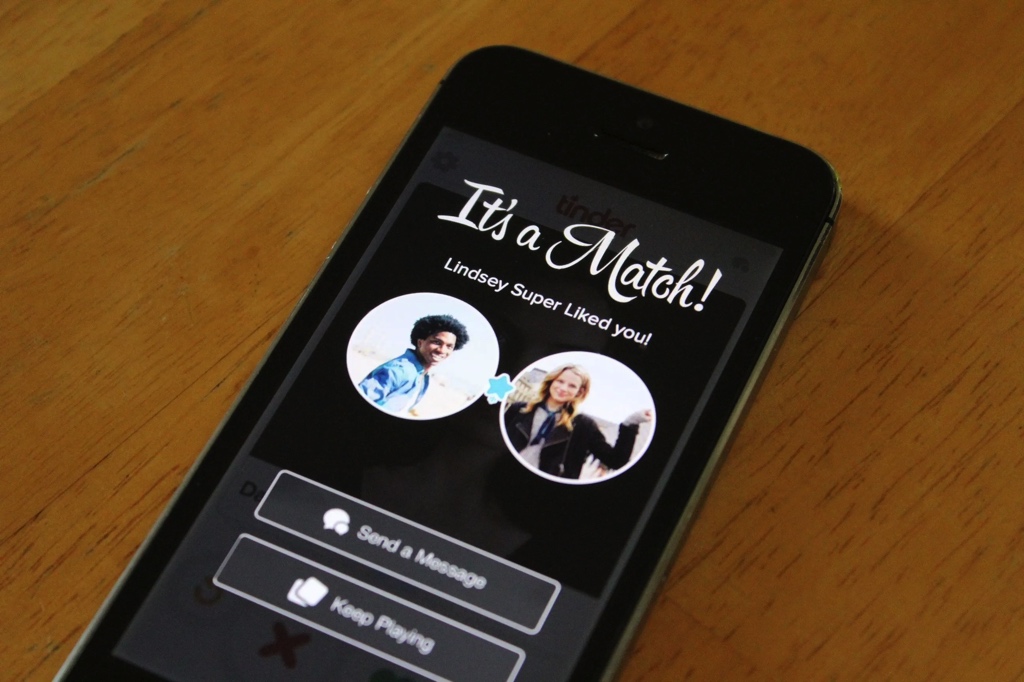My graduate thesis in 2014 was a journey to understand the user experience (UX) dynamics driving the success of online dating services. At that time, a relatively young player, Tinder, had already taken the market by storm – less than two years after its launch. As I deliberated the platform’s broad appeal with my advisor, Clay Shirky, a cardinal question emerged:

Why is Tinder, a service that centers around images primarily, so successful with both men and women?
I sought to gauge the efficiency of different dating profile styles, such as picture-only, text-only, audio-only, and other novel approaches. My thesis discovered that Tinder’s image-centric, gamified approach allowed users to swiftly sift through potential matches without delving into detailed profiles. This coupled with a unique messaging mechanism – enabling communication only upon mutual matching – significantly reduced unwelcome interactions, addressing a broadly acknowledged UX pain point. Furthermore, most preferred that they never explicitly knew when they were being rejected by others. Consequently, users found a compelling reason to persist with, and promote, the platform.

Notably, my literature research and qualitative interviews showed that many women were more interested in what was happening in the photo than specific physical appearance (e.g. muscle size/tone, facial appeal). Many times they would infer entire stories about a person and their personal character solely based on a low resolution image and what they perceive to be seeing in it. These inferences highlighted the profound impact of visuals in the user’s decision-making process
My broad surveys and 1:1 interviews about perception in social photos showed that people came to wildly inaccurate and inconsistent conclusions about others in these photos – ones used in real dating profiles. I built and user tested mini prototypes of innovative approaches like quiz-result-based, prompt-based, location-based, or audio/video-based profiles – none seemed to hold the universal appeal of Tinder’s image-focused methodology.
The study elucidates that creating an effective online dating UX doesn’t necessarily hinge on intricate profiles or innovative ways of sharing information, but more on user empowerment through manageable interactions, safety, and efficiency.